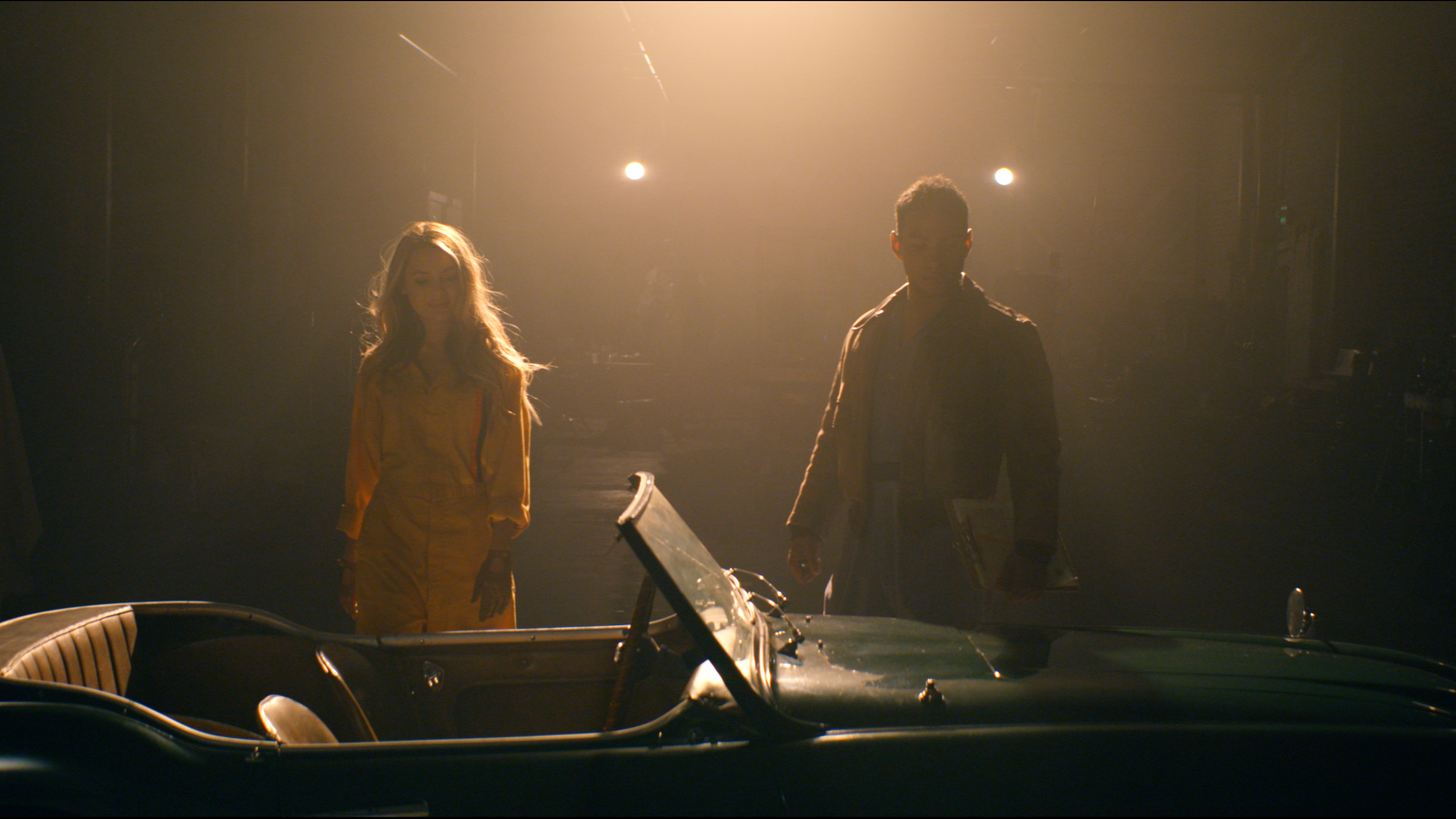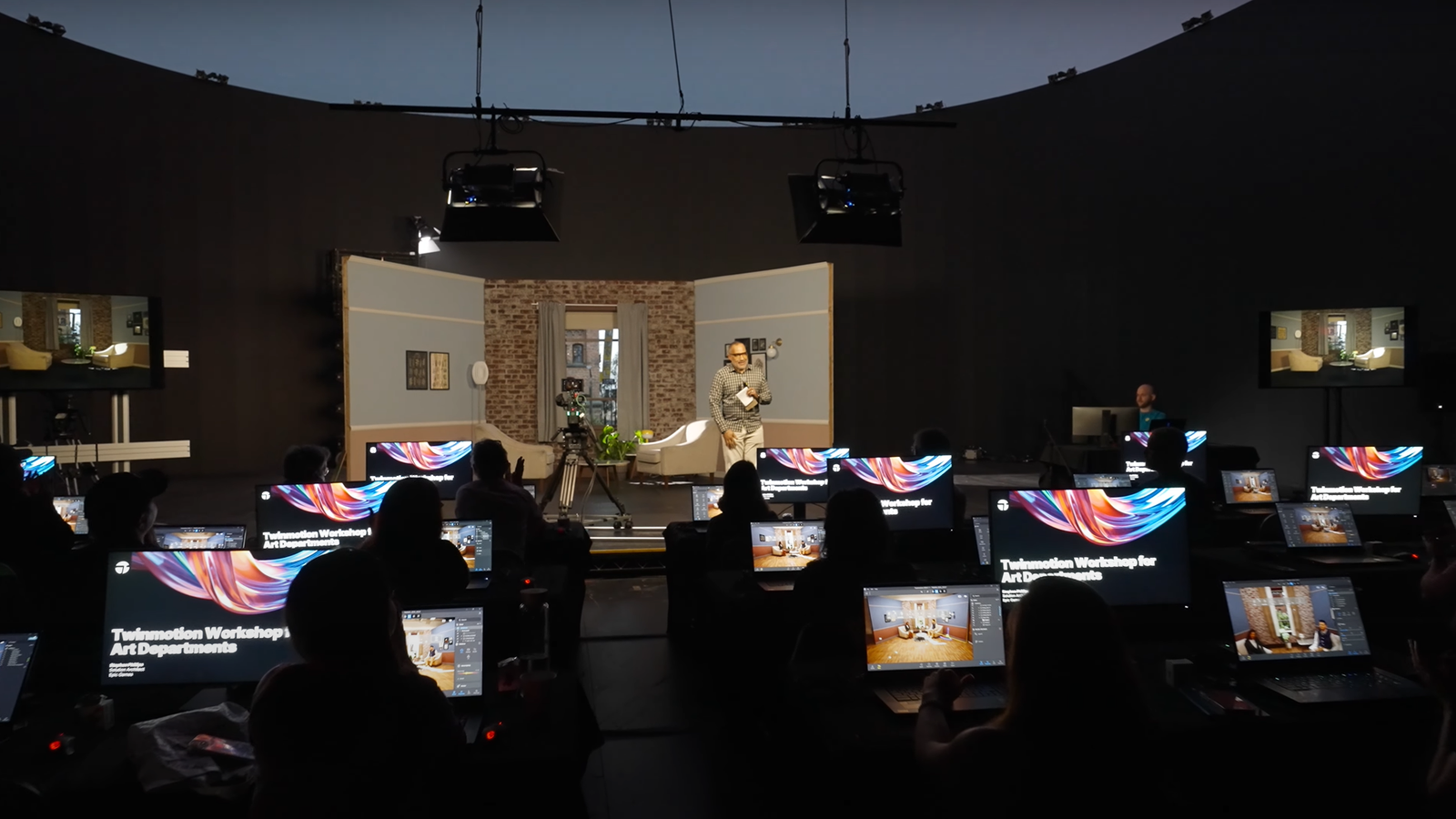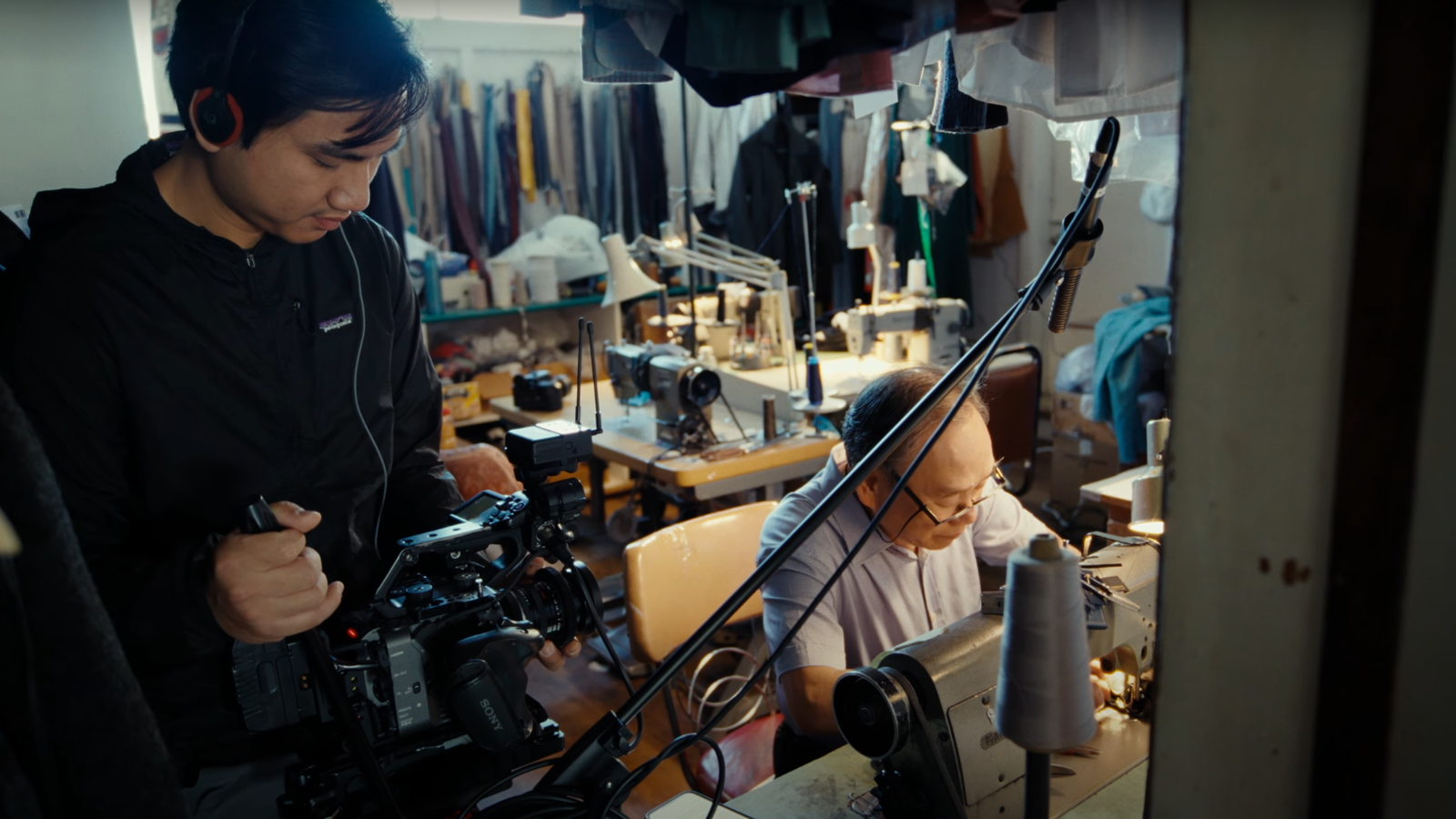03-01-2019 - News
IMAX's VENICE In Venice - Interview with Peter Chang
How did your VENICE in Venice project begin?
I had been tracking the development of the VENICE and attended the launch event in L.A. I wanted to test the camera specifically for giant screen IMAX projects. For that purpose we needed the 6K Full-Frame option on the camera. I had been planning to shoot the annual Carnival celebration in Venice, Italy. We brainstormed the concept with Sony and off we went. It was a nobrainer really, given that the camera’s called VENICE. This production has the title, “Venice: La Serenissima.”
What will be the ultimate release?
A short version should premiere at NAB. It’s part of a much bigger project that is in progress. The Venice sequences provided a great opportunity for us to try out the VENICE Full-Frame camera and some Full Format lenses. Carnival is a visually spectacular celebration born out of Greek and Roman festival traditions. It is one of the highlights of the year for Venice, with three million visitors. The canals and streets are filled with color, masks, costumes, acrobats, street artists and musicians.
What was the style of the film?
It is very much documentary style, capturing the event, the carnival celebration, festivities and costumes. We captured the city from the water, using boats. We also got scenes of local culture, mask making, gondola building, glass blowing and slices of life during our time in Venice.
What lenses did you have?
This served as a camera and lens test for us. I think it’s important to test the camera with different lenses on an actual shoot to see how it behaves. From a filmmaking standpoint, I wanted to see how these Full-Frame lenses performed. We had Cooke S7/i, Leica Thalia, Sigma FF Cine Primes and a Focus Optics Ruby Zoom. The Focus Optics Ruby 14-24mm T2.8 has been a favorite of ours on giant screen projects. It’s a rehoused Nikon. For the giant screen, we tend to favor wider angle shots. The widest available Cooke S7/i was 25mm T2, the Leica was a 30mm T2.9, and we had Sigma FF Cine 14mm T2 and 20mm T1.5 primes. We did mix it up with some longer lenses. The Sony E-mount wasn’t functional yet but Sony’s 12-24mm f/4 G, 16-35 f/2.8 GM and 24-70 f/2.8 GM are super sharp and have interesting bokeh. Sigma has a 12-24 f/4 Art lens and recently announced E-mount primes. Maybe they’ll do more Cine versions. For giant screen, I’m looking forward to the Cooke s7/i 18mm and the Leica Thalia 16mm and 24mm. With VENICE’s E-mount, you don’t have to wait for somebody to rehouse and cinematize a good still lens. Especially at ultra wide angles, you probably aren’t pulling focus that much. We used cine glass in PL mounts on this particular shoot. But the E-mount opens up possibilities with just about any lens out there. I think there are a lot of very interesting wide angle still lenses that you can use once the VENICE E-mount is operational and that opens up a world of adapters as well.
How did you frame and crop?
The IMAX aspect ratio is 1.43:1. That is pretty close to the VENICE native Full-Frame aspect ratio of 1.5:1. For giant screen IMAX productions, that means cropping a lot less on the sides. It’s a taller aspect, which is great, so we lose less resolution for the format. We just crop in post, using Resolve, Premiere or other software.
On the VENICE camera, what was your ISO and frame rate?
We rated it at 500 ISO and shot at 24 fps, 6K Full-Frame and recorded X-OCN ST files on VENICE’s AXS-R7 onboard recorder. (X-OCN is a visually lossless, streamlined and efficient codec.) We were able to manage the X-OCN data and play it back nicely with DaVinci Resolve on our laptops. We transcoded and graded everything to ProRes with Resolve for our dailies. The footage is very impressive. Mick Pacifici, our First AC, was also our DIT on set and he was managing the dailies.
Describe the look and logistics of large format cinematography.
The look has a lot to do with framing and camera movement. We’re often shooting wide shots so there’s a lot of information. The challenge is to get clean frames. For example, during Carnival, when you have people dressed up in period costumes and masks in the Piazza San Marco, there are massive crowds. It’s shoulder to shoulder. We did our best with that. Of course, there’s a lot of sky when framing for the dome, and if you don’t have an interesting sky, it can be tough.
With Large Format on an IMAX screen, the effect is considerable when you have a much wider frame and a wider field of view. There’s just much more to see. It’s more immersive and we’re always striving for a wider image. Another challenge is to find a way to frame it properly. The horizon and visual center of frame is lower. Camera moves tend to be slower and forward-moving in order to spare the audience a dizzying and potentially nauseating experience on the giant screen.
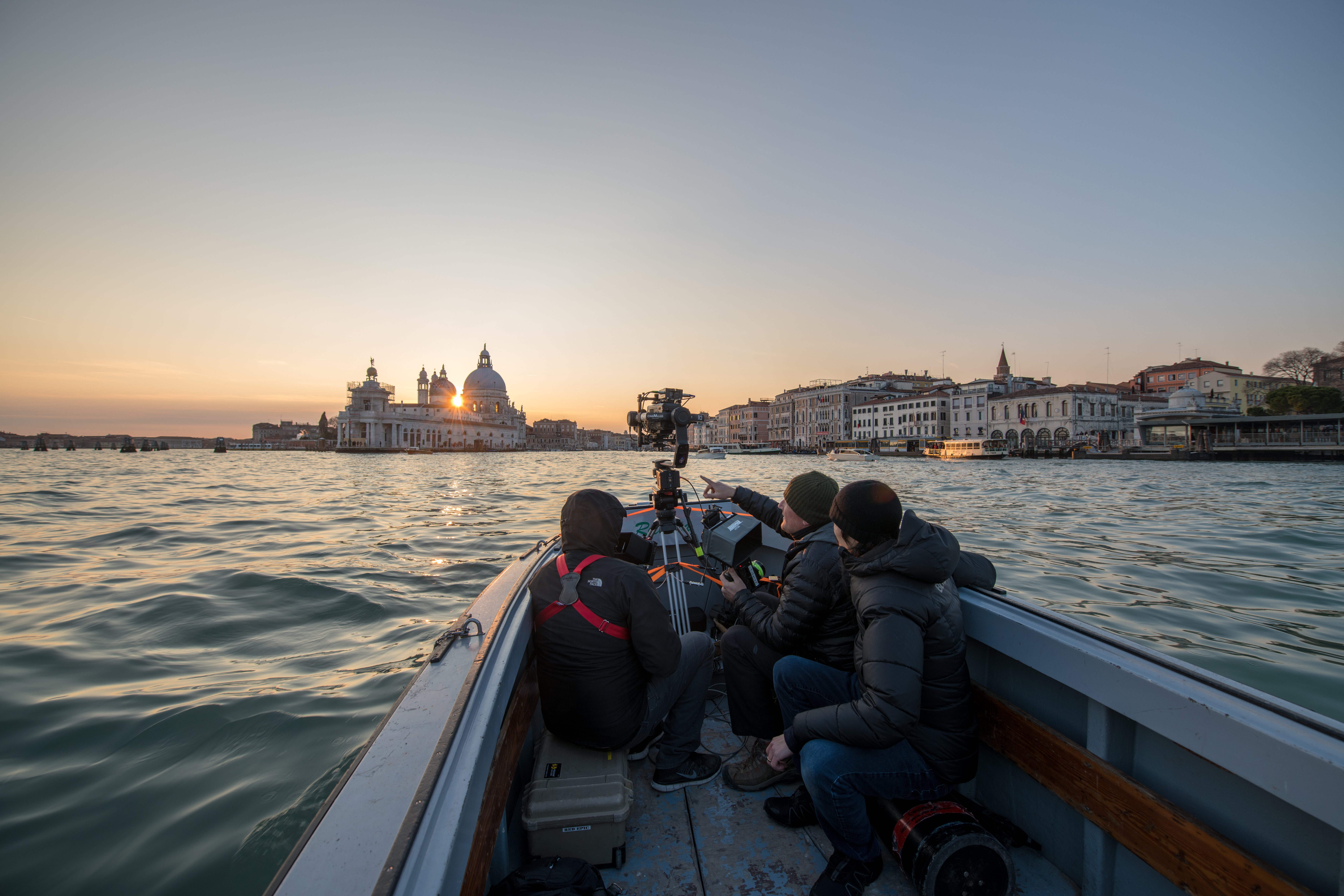
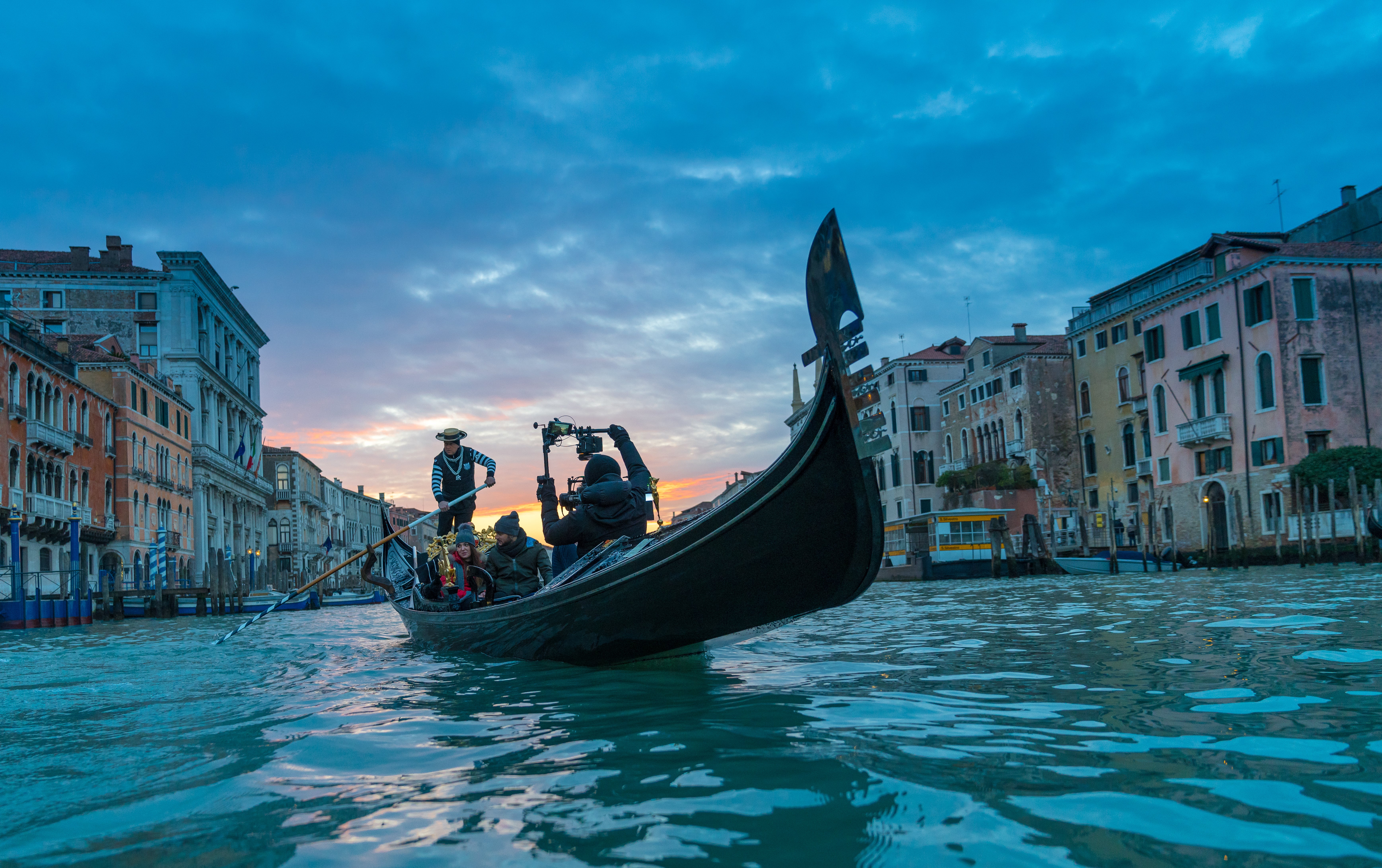
“We put the camera through its paces in some physically tough conditions. We were filming primarily in freezing temperatures with a lot of humidity, on boats, in the rain.”
What were your impressions of the Sony VENICE camera?
I think it’s an astonishing camera. The internal ND system was one of our favorite things, and it really enabled us to move quickly in constantly changing lighting conditions. It saved a lot of time. We put the camera through its paces in some physically tough conditions. We were filming primarily in freezing temperatures with a lot of humidity, on boats, in the rain. Lighting conditions were often harsh, with bright, blinding winter light that would reflect off the white stucco and marble building walls and the water. There was lots of contrast going through dark tunnels and emerging into bright sunlight. The dynamic range of the camera held everything and then, with the internal NDs, we could really fine tune things, which was phenomenal. I wish every camera had that. And then, of course, once you look at the image itself, it’s just, “Wow.” VENICE has a beautiful and impressive image in terms of color. Its dynamic range is some of the most we’ve ever seen. Highlight range and shadow detail are incredible. The amount we’ve been able to pull from the files has been impressive. VENICE is a lovely camera. Of course, the lenses help with that as well.
How did you get started and wind up in IMAX and giant screen and large format?
I started out in feature films and then moved into documentaries, initially television, and then, from there, got into 3D and giant screen IMAX projects. I’ve been doing that now for seven years. Initially I worked as a cinematographer and then, about three years ago, embarked on directing and producing my own giant screen film, “Cuba.” It is scheduled for release later this year and we’ve been in production over the last three years on that.
That’s a long time.
These films take an average of five years to make. Sometimes longer. And Cuba’s a very challenging place to work, but the upside is that it allowed us to use a variety of cameras and lenses as they’ve come out during that time. For example, “Cuba” is a film that’s being supported by the top giant screen IMAX dome theaters and they have extremely high standards when it comes to capture. We are always on a hunt for what is the best you can get at any given moment in terms of camera and lenses. I’d love to see more wide angle glass for these larger sensors. I’d love to see 4:3 aspect ratio, 100 megapixel and larger sensors in a motion picture camera. As part of this pursuit in resolution, we’ve been exploring stitched arrays of cameras. But ideally we would just have a single sensor that could carry the resolution that we need.
Is this new wave of large format cameras one of the greatest changes in the business since films went from silent to talkies?
I’m biased, but, yes, I agree. For a long time, at least in the large format documentary world, it was just 15/70mm IMAX film and it was an incredible barrier to entry with insanely high costs. Then in the last five years, it started to shift into a hybrid film and digital combination, like “Jerusalem.”
Now it’s gone all digital and the cameras have finally caught up. I think we’re finally there and it’s really going to open up new styles of production. There are new subjects, stories and new filmmakers entering the space and working on this incredible canvas. When we talk about giant screen IMAX, it’s really two formats. You have flat screen 3D, which most people are familiar with in their local multiplex, but also the 2D dome experience, which used to be called Omnimax. The dome provides a unique experience. Some might even call it more immersive than 3D. Traditionally, it was mostly IMAX film (70mm IMAX Format: 70 x 48.5mm, 15-perf, running horizontally).
The domes are transitioning into digital now, in terms of projection, but it’s also the most unforgiving in terms of resolution. When you think about a digital Super 35 image, and you crop it to 1.43:1, that’s really not going to hold up as well on the dome as higher resolution, larger sensor images.
I think it’s revolutionary, and it’s akin to what you were saying, especially with regard to large format, giant screen, and IMAX, and certainly these large format cameras will have a huge impact. We’re all very excited.
“There was lots of contrast going through dark tunnels and emerging into bright sunlight. The dynamic range of the camera held everything and then, with the internal NDs, we could really fine tune things, which was phenomenal. I wish every camera had that.”
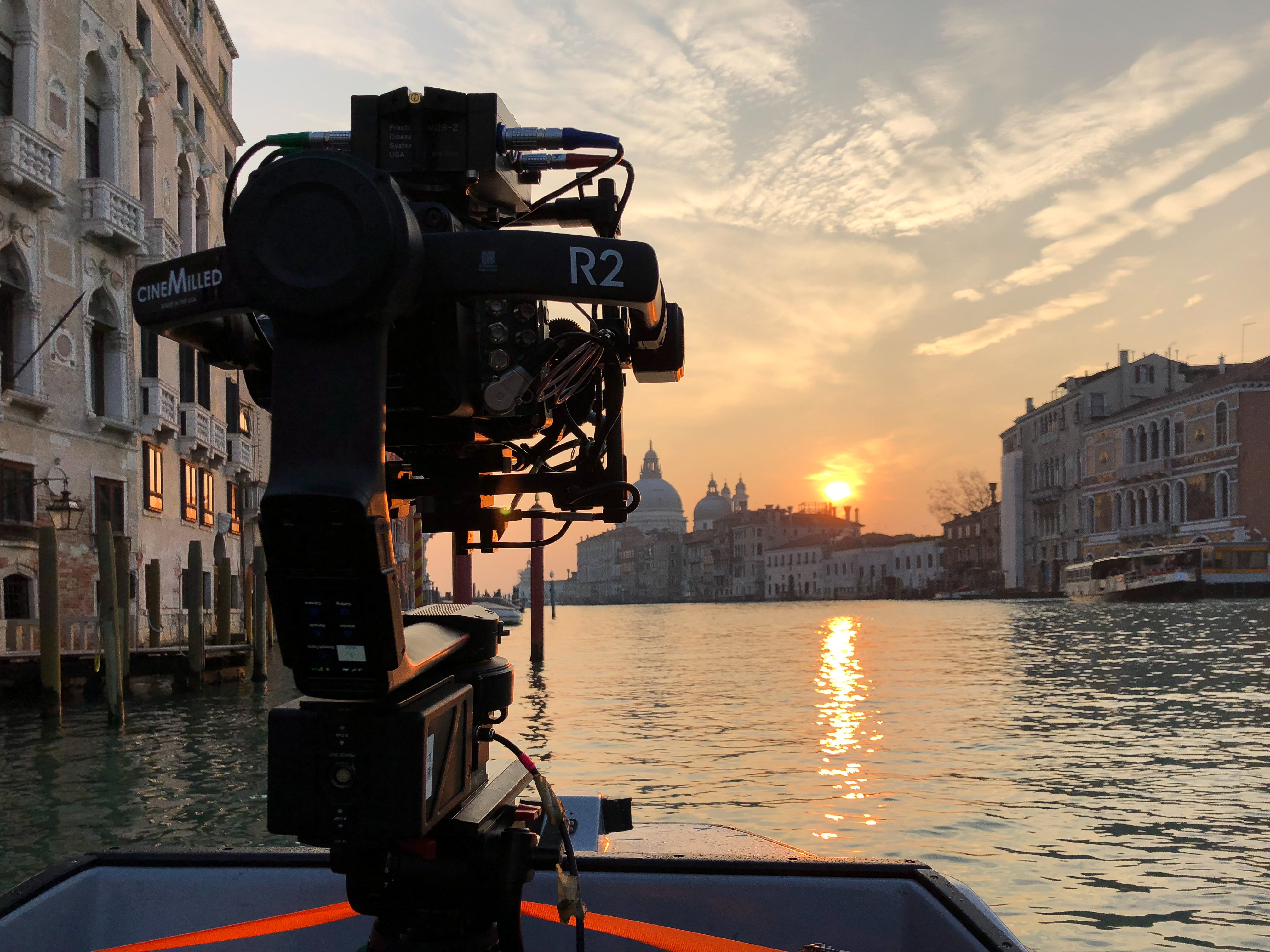
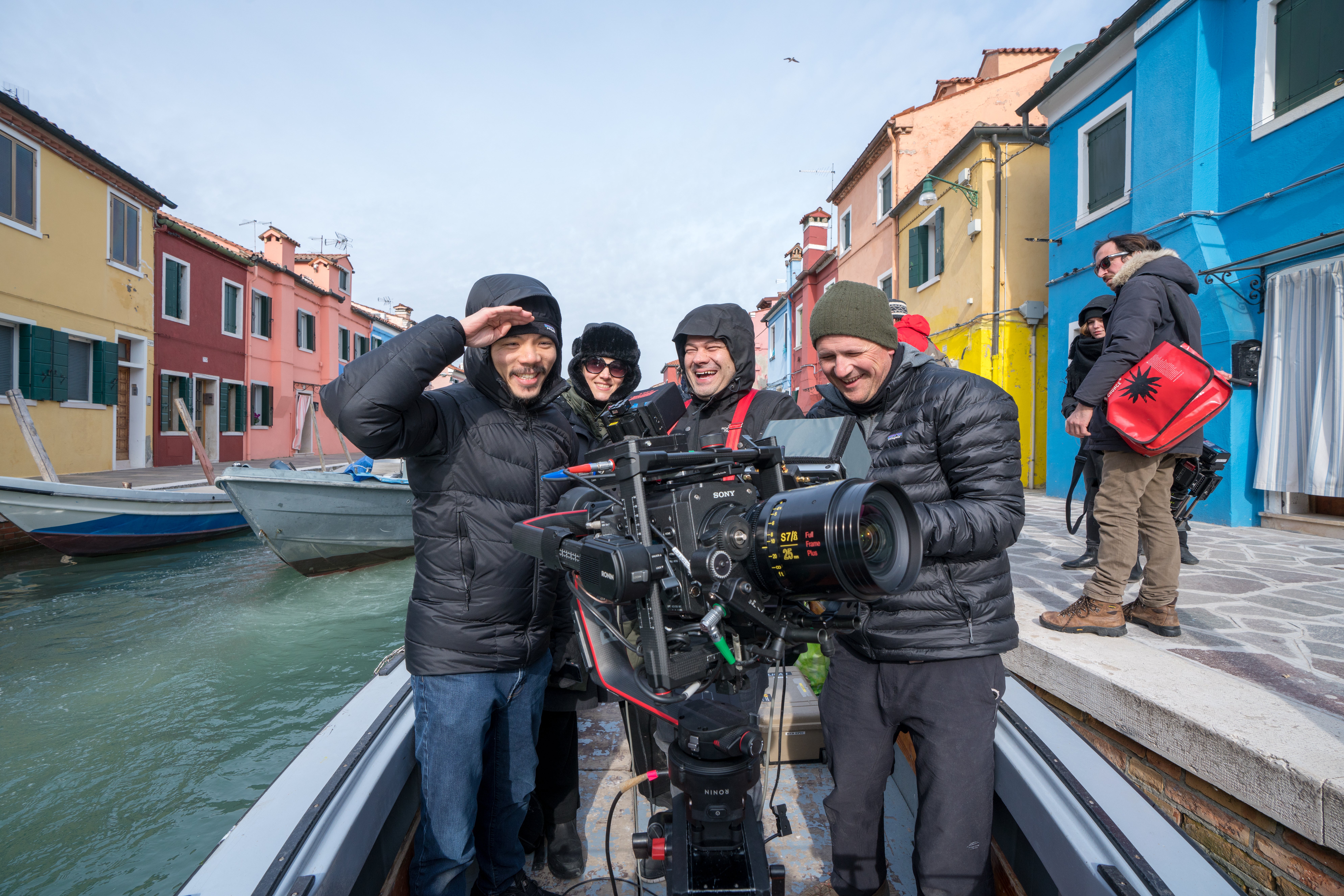
Peter Chang is a Director, Producer and Cinematographer with impressive credits on giant screen productions. He is a founder of Golden Gate 3D, a production company of immersive content. He won the Best Large Format Cinematography Award for Jerusalem (2014) and National Parks Adventure (2016). Peter shot in Venice (the city) with VENICE (the camera), where he produced the large format production for IMAX and giant screens, “Venice: La Serenissima.”
Photos in this article courtesy of Peter Chang. Large format production for IMAX and giant screens by Peter Chang. Find out more.

